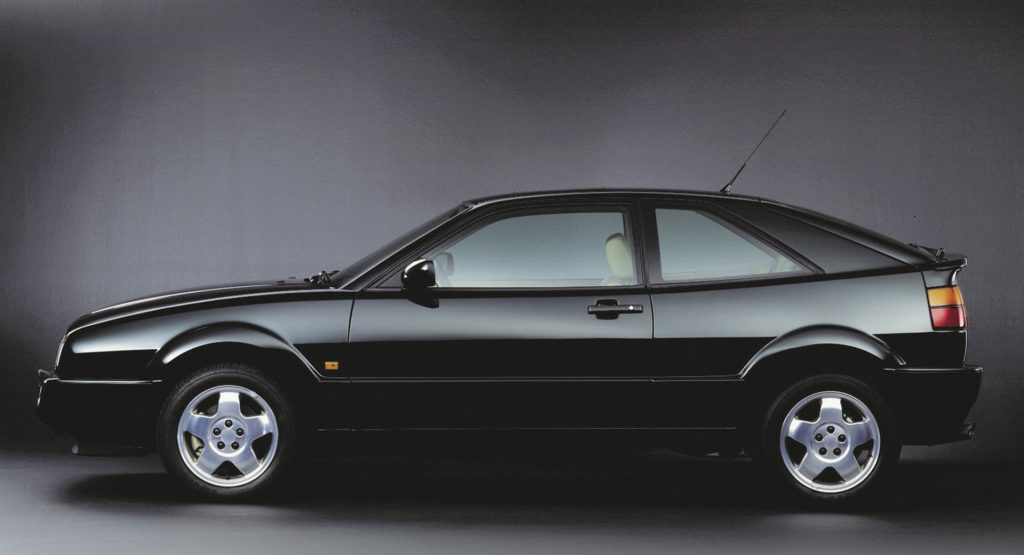What makes a great sports car? Well, according to Jason Cammisa, that would be something with an Italian design, a Latinate name that makes you roll your Rs, and an engine with a great soundtrack.
By that measure, the Volkswagen Corrado, especially the original G60 model, failed in a lot of ways. Although the design was inspired by, and bears an uncanny resemblance to, Giugiaro’s work, it was officially designed in-house in Germany.
The name, meanwhile, although somewhat obscure, is derived from the Spanish verb “correr”, which in English means “to run”. Finally, VW introduced a fancy new engine with the car but was dismayed to find critics and customers disappointed by the G60 four-cylinder.
Read Also: You Might Be Left Wanting A VW Corrado VR6 Badly After Watching This
A 1.8-liter inline-four with a scroll supercharger (G Lader in VW-speak), it put out 158 hp (160 PS/118 kW), which wasn’t enough to get the Corrado to 60 as fast as the outgoing Scirocco.
All in all, it’s easy to understand how automotive journalists might have been disappointed by the car when it first came out. In 1992, though, Volkswagen introduced the VR6 engine to the lineup, which helped turn things around.
Thanks to its unusual design, with a very narrow angle of just 15° and a single head for both banks of cylinders, the automaker managed to make it small enough to fit into the Corrado‘s engine bay and got it to deliver 179 hp (181 PS/133 kW) in the U.S. market. Despite not sounding like that much more power, it brought the 0-60 time down from 8.5 seconds in the G60, to 7.2 seconds.
Better yet, it sounded good. Journalists of the day described it as “music from the depths and heights of a great symphony orchestra with a feel that pops.” Even today you can ask a VW enthusiast about a “Wookie,” and they’ll talk your ear off about the VR6.
And with that, the Corrado was saved in the eyes of the media. It might not have been a sales success, but its rarity and its engine have ensured it a place in the annals of automotive history.




